Why people left these mysterious, abandoned cities
It’s the opposite of what we expect from cities – to see streets empty of people, and rows of buildings devoid of life.
Abandoned cities have such a powerful hold over us, says Kieron Connolly, author of Abandoned Places and Abandoned Civilisations.
“They leave us unnerved. This isn’t what city life is supposed to look like,” Connolly said.
“If you have ever wondered what the world would be like if humankind vanished from the Earth, ghost towns give us some idea.”
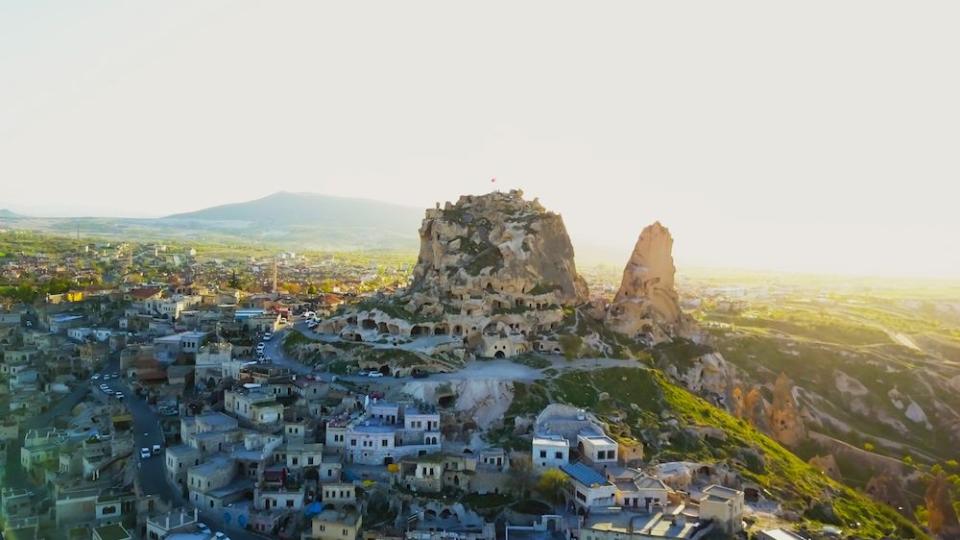
Connolly, whose books chronicle some of the most spectacular abandoned places around the world, says there have been many reasons why people choose to abandon a thriving city.
“People abandon cities because of climate change (water resources drying up), because they have exhausted the agricultural land, or have exhausted the mineral wealth. Wars unsettle populations. Trading routes shift and populations dwindle,” he added.
Here’s five abandoned cities from around the world – along with our best guess as to why the people left.
Angamuco, Mexico
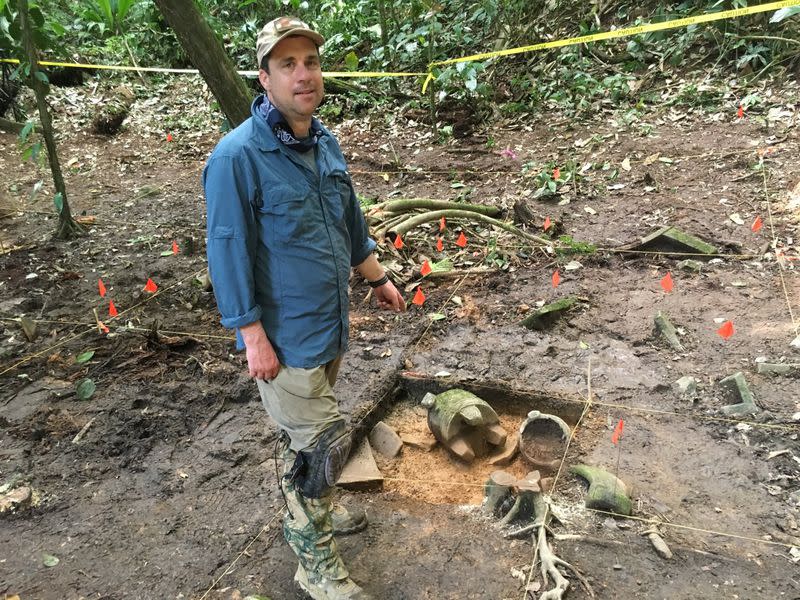
The city of Angamuco once housed up to 100,000 people – and its full extent was only revealed this year by LIDAR scanning.
The technique, using laser pulses fired from aircraft, revealed a sprawling city built by the Purépecha, a major civilisation in Mexico.
Angamuco occupies a lava field, and had up to 40,000 building foundations – the same number as the island of Manhattan.
The Purépecha culture collapsed when Europeans introduced diseases to which they had no immunity.
Termessos, Turkey
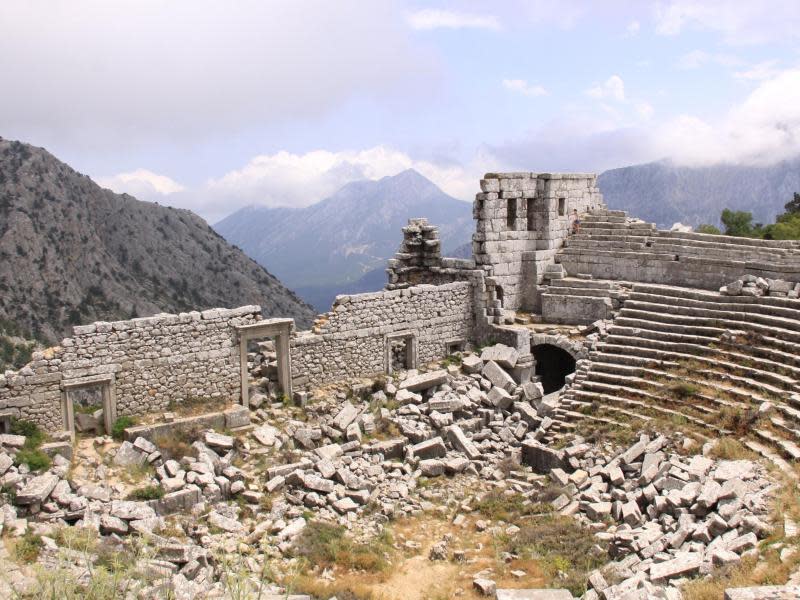
Shrouded in myths, the mountain city of Termessos in Turkey was one of the few places Alexander the Great failed to conquer.
Alexander surrounded it in 333BC, and likened the mountain stronghold to an eagle’s nest – and opted not to undertake an assault.
Allied to ancient Rome, the city maintained an independent and impregnable existence, until an earthquake destroyed an aqueduct and cut off the water supply.
Timgad, Algeria
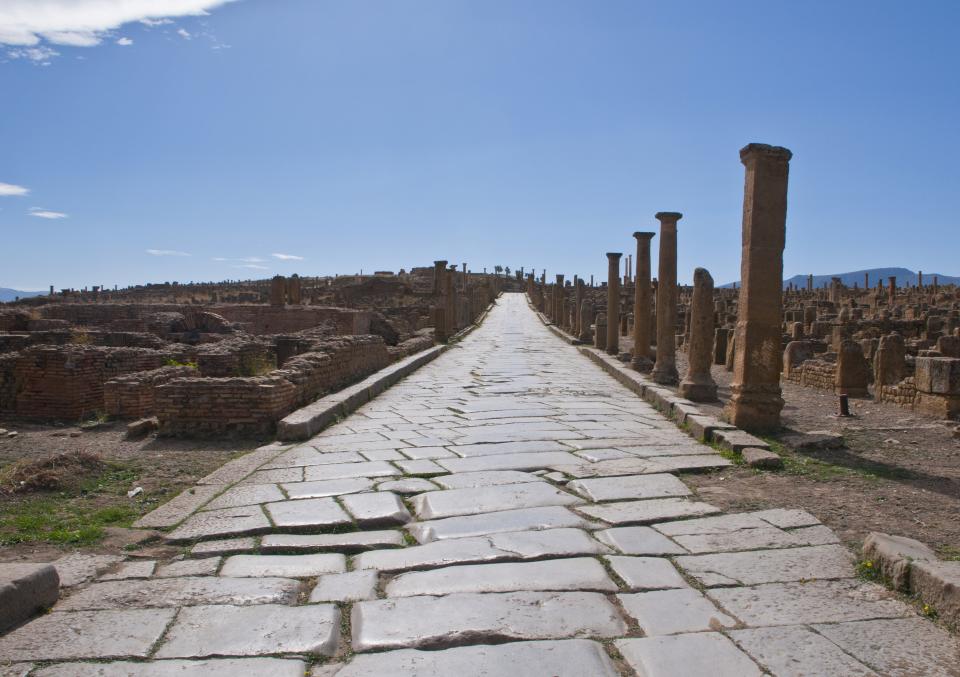
This military colony was built to defend against the Berbers, and was founded by Roman emperor Trajan in 100CE.
It was a centre of early Christianity, armed with its own baths, amphitheatre and library.
In the fifth century CE, it was ransacked by the Vandals and attacked by the Berbers.
When Byzantine forces entered the city a century later, it was empty.
Derinkuyu, Turkey
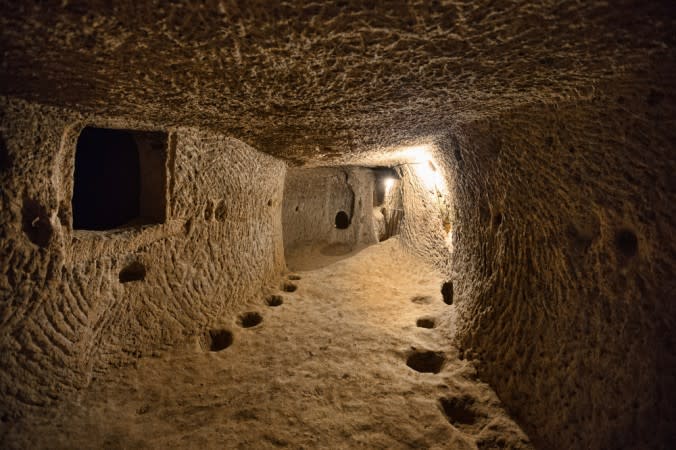
An ancient, multi-level city which housed 20,000 people was discovered by sheer chance in Turkey after a local man knocked down a wall in his basement while renovating in 1963.
Behind it was a mysterious secret room, part of a network of tunnels extending up to 200 feet beneath the city.
The underground city of Derinkuyu is thought to date from up to 800 years BC, carved into the soft rock.
The tunnels were abandoned in 1923 after the population exchange between Greece and Turkey, and only rediscovered 40 years later.
Tikal, Guatemala
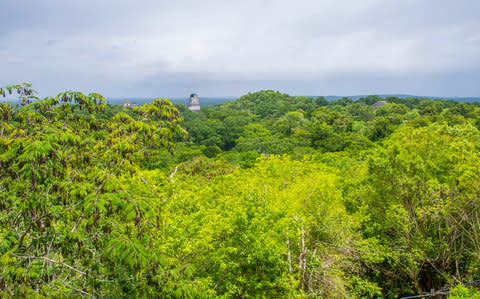
The ruins of Tikal in Guatemala are one of the largest cities of the Mayan civilisation, the capital of a warring state which became one of the most powerful kingdoms of the Maya.
It flourished between 300 and 850CE, and was known to the Maya themselves as Mutul.
Along with other Mayan cities, Tikal went into decline during the 8th century, and by 900CE the site had been abandoned.
It was rediscovered by a gum sapper in 1853.


